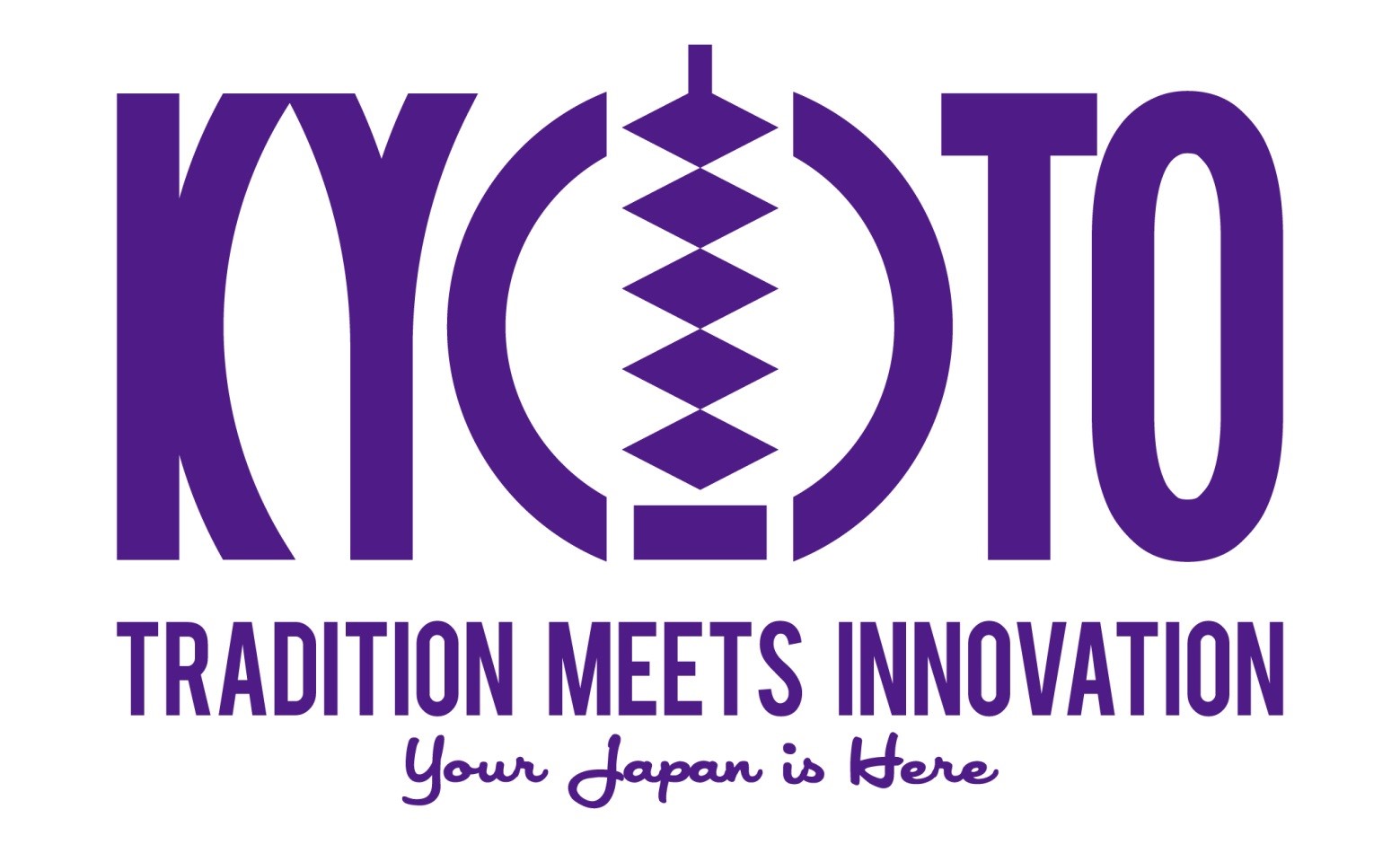・Effects of Spin States in Perovskite Solar Cells and Light-emitting Devices
Bin Hu (University of Tennessee, USA)
・Non-volatile Polymer Electroluminescence Programmable with Ferroelectric Field-induced Charge Injection Gate
Cheolmin Park (Yonsei University, Korea)
・Influences of polymorphism and low-angle grain boundary on OFET performances
Chien-Lung Wang (National Chiao Tung University, Taiwan)
・Towards Environmentally Compatible Molecular Solar Cells Processed from Halogen-Free Solvents
Chih Wei Chu (Research Center for Applied Sciences, Academia Sinica, Taiwan)
・Highly stable TADF-OLEDs and clarification of degradation mechanism
Chihaya Adachi (Kyushu University, Japan)
・R2R production of Organic Light Emitting Diodes
Chih-I Wu (National Taiwan University and ITRI, Taiwan)
・Efficient TADF-based OLEDs
Chung-Chih Wu (National Taiwan University, Taiwan)
・Biomedical applications of OLED and OPV molecules
Chun-Sing Lee (City University of Hong Kong, Hong Kong)
・Efficient Fiber-shaped Devices for Energy Conversion and Storage
Dechun Zou (Peking University, China)
・An insight on oxide interlayer in organic solar cells: From light harvesting, charge recombination and
collection perspectives
Furong Zhu (Hong Kong Baptist University, Hong Kong)
・All Vacuum Deposited Perovskite Solar Cells
Hao-Wu Lin (National Tsing Hua University, Taiwan)
・Next Generation LEDs: Organic-Inorganic Hybrid Perovskite Light-Emitting Diodes
Tae-Woo Lee (Seoul National University, Korea)
・Degradation analysis of organic light emitting diodes by steady-state and
time-resolved photoluminescence spectroscopy
Hideyuki Murata (JAIST, Japan)
・In silico material discovery toward highly efficient dry and wet processed OLEDs
Hironori Kaji (Kyoto University, Japan)
・Impedance spectroscopy for characterization of transport properties in organic devices
Hiroyoshi Naito (Osaka Prefecture University, Japan)
・Interfacial Engineering for Enhancing Perovskite Solar Cell Performance
Hyun Suk Jung (Sungkyunkwan University, Korea)
・Quantitative Analysis of the Efficiency of OLEDs
Jang-Joo Kim (Seoul National University, Korea)
・Near-infrared Organic and Hybrid Light-emitting Materials and Devices
Juan Qiao (Tsinghua University, China)
・Molecular design approaches for improved lifetime in blue organic light-emitting diodes
Jun Yeob Lee (Sungkyunkwan University, Korea)
・TBD
Junji Kido (Yamagata University, Japan)
・Highly efficient organic solar cells formed on an aqueous substrate
Jung-Yong Lee (KAIST, Korea)
・Small Molecule-based Organic Solar Cells
Ken-Tsung Wong (National Taiwan University, Taiwan)
・Non-stoichiometric Adduct Approach for Hysteresis-less, Stable, Highly efficient Perovskite Solar Cell
Nam-Gyu Park (Sungkyunkwan University, Korea)
・Enhanced Photon Harvesting and Exciton Dissociation in Organic Solar Cells
with Orientation-Controlled Photoactive Layer
Kilwon Cho (Pohang University of Science and Technology, Korea)
・Efficient flexible OLEDs based on graphene coupled with high- and low-index layers
Seunghyup Yoo (KAIST, Korea)
・Near infrared organic upconversion devices for imaging applications
Shun-Wei Liu (Ming Chi University of Technology, Taiwan)
・Electrical Conduction of Devices Using Fluorinated Self-Assembled Monolayer and Application to Electron
Current in Organic Light-Emitting Diodes
Tatsuo Mori (Aichi Institute of Technology, Japan)
・Soft gel electrodes and organic amplification circuits for bio-signal monitoring systems
Tsuyoshi Sekitani (Osaka University, Japan)
・Lighting up hybrid perovskite-based light-emitting diodes
Tzung-Fang Guo (National Cheng Kung University, Taiwan)
・Exciplex-based white light organic light-emitting diode (WOLED)
Wen-Yi Hung (National Taiwan Ocean University, Taiwan)
・A Surface Science Approach to Perovskite Solar Cell Research
Yabing Qi (Okinawa Institute of Science and Technology, Japan)
・New Trends in the Design of Platinum(II) Based OLED Phosphors
Yun Chi (National Tsing Hua University, Taiwan)
 |
This program is supported by a subsidy from Kyoto Prefecture and Kyoto Convention & Visitors Bureau. |
